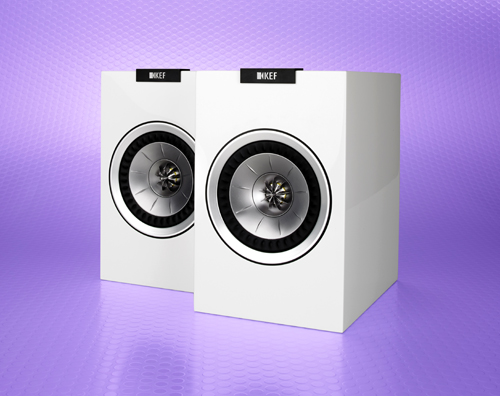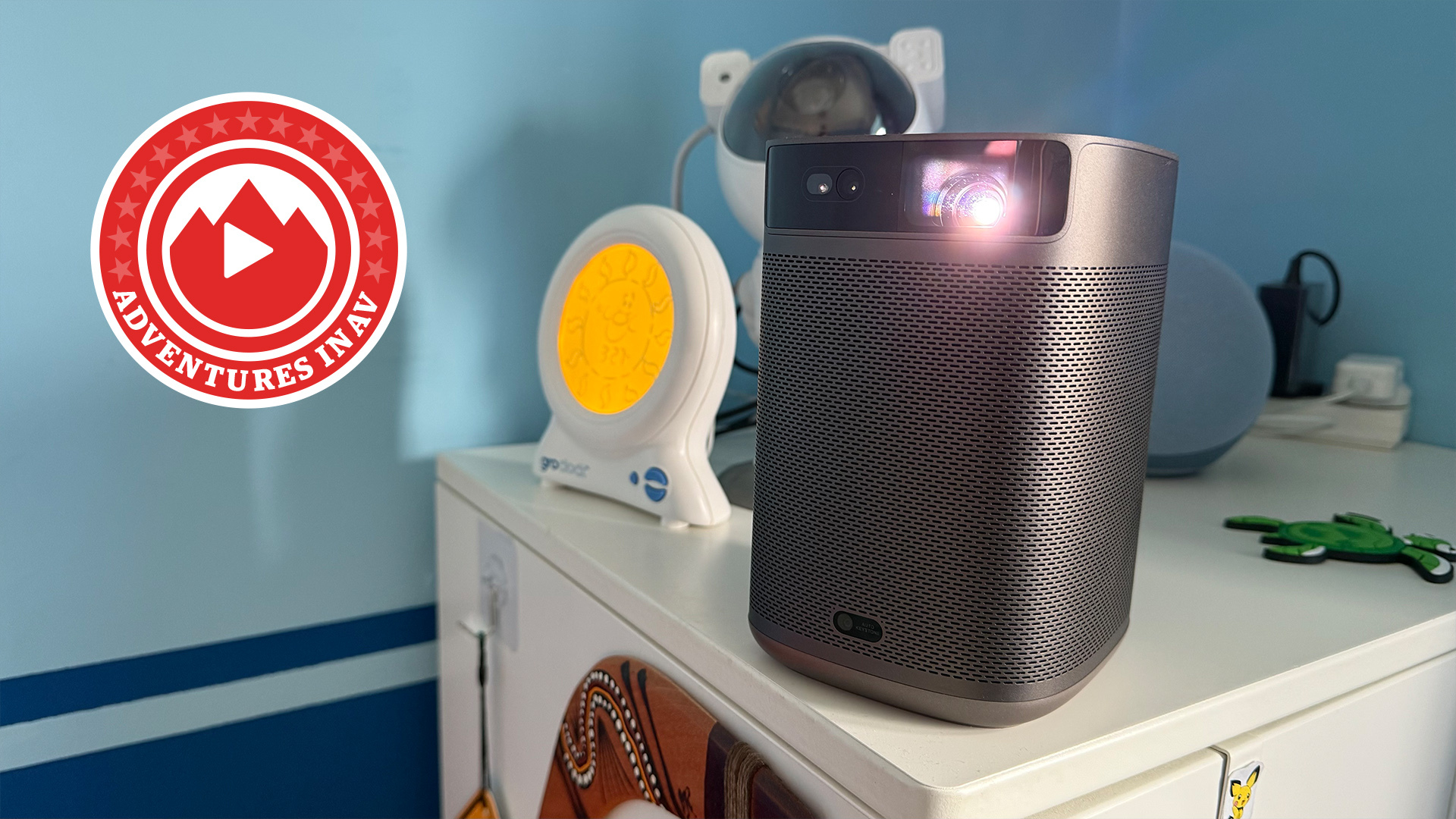What Hi-Fi? Verdict
Still great, but now overtaken by newer, stronger rivals
Pros
- +
Excellent integration and dispersion
- +
Build quality
- +
Striking design
Cons
- -
Needs more punch and crisper timing to compete with the best in class
Why you can trust What Hi-Fi?
It was in the summer of 2012 that we first tested the KEF R100s. They impressed us enough to earn five stars, and we noted in particular that many rivals would struggle to match their show-stopping scale and soundstage.
But it’s been a while, and the midrange standmounter market is packed with newer alternatives. So how do the R100s fare?
Pretty well, as it turns out – these KEFs remain some of the most tempting speakers at this price, even if they’re no longer in the top rank.
Design
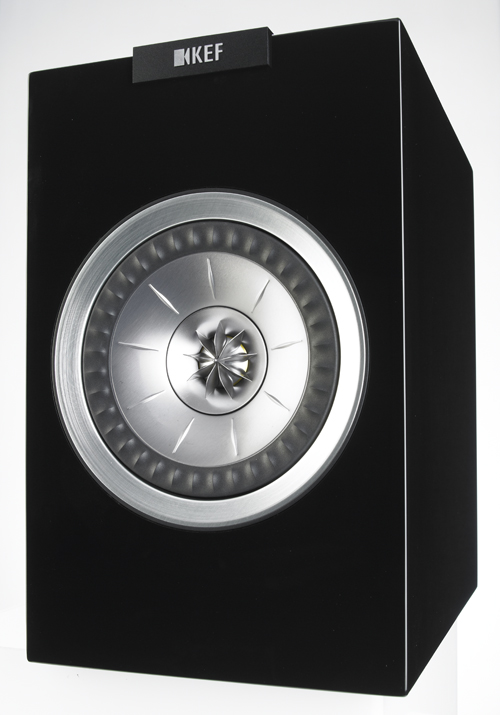
Despite being a little older, the R100s are just as shiny and attractive as any of the newcomers. Build quality is befitting that of £600 speakers.
The cabinet is solidly built and nicely finished in high-gloss black or white, or wood veneer in walnut or rosewood.
It’s a timeless design, made all the more striking by the distinctive driver arrangement: a 25mm aluminium-dome tweeter sitting in the middle of a 13cm magnesium-aluminium alloy mid/bass driver.
This is KEF’s distinctive Uni-Q arrangement, designed to encourage more consistent dispersion than traditional, separated drivers.
The tweeter itself has a few tricks for improving dispersion: ‘tangerine’ wave guides and a vented design that takes inspiration from KEF’s high-end Blade speakers.
The mid/bass cone, meanwhile, is reinforced with equidistant creases for improved rigidity.
Performance
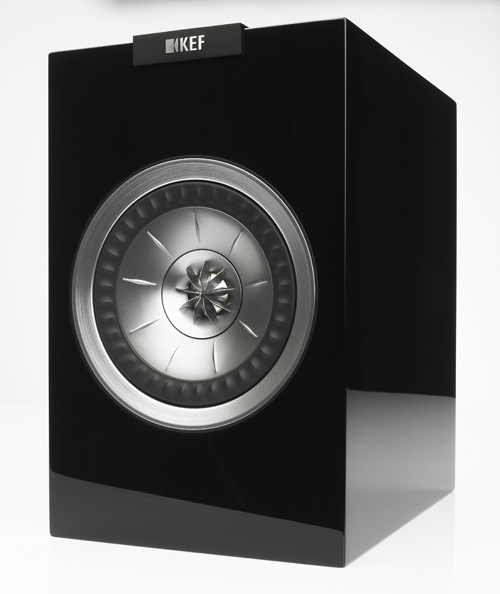
Quite a few tricks, then, and when the music starts to play it’s immediately apparent how effective they are. Sound is dispersed high and wide on a full, expansive soundstage.
The sense of scale is broad enough to raise suspicion about extra speakers hidden away.
Stereo imaging is very precise, with voices and instruments placed very deliberately in the room. Each element is clearly defined and given plenty of space.
Integration between treble and midrange is seamless, and listeners will struggle, aurally, to separate the two drivers on each speaker.
Tonally, the R100s are nicely balanced, with no part of the frequency range feeling exaggerated.
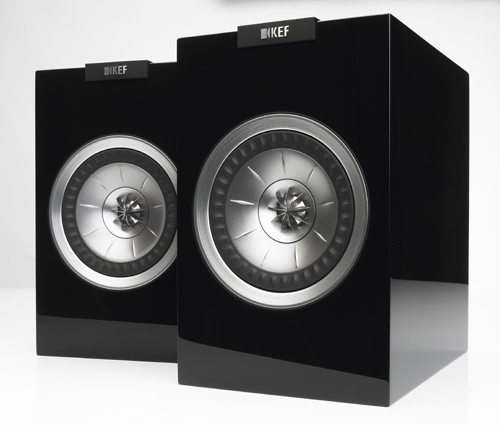
The authoritative bass occasionally feels a touch unwieldy, and we’d like a little more refinement in the treble, but otherwise it’s a rounded, likeable sound that’s easy to live with.
Elsewhere you get ample detail, strong dynamics and a decent sense of timing. On their own, these KEFs present a good, well-proportioned set of skills. But that’s where the newer rivals come in, and a few flaws become apparent.
The Monitor Audio Silver 1s have stronger dynamics; the Bowers & Wilkins 685 S2s have snappier timing and greater energy. Put these together and these competitors succeed in making the KEFs seem a little safe.
We stand by our original remark, however, that many rivals would struggle to match the KEFs’ scale and soundstage. And let’s not forget about that seamless integration.
And so the R100s finally lose their fifth star. But there’s no shame in being overtaken by newer rivals. We still think these are highly commendable speakers for the money.
Verdict
If you’re after a good-looking set of standmounters and a spacious sound, these KEFs amount to a good all-round proposition and are well worth a listen.
What Hi-Fi?, founded in 1976, is the world's leading independent guide to buying and owning hi-fi and home entertainment products. Our comprehensive tests help you buy the very best for your money, with our advice sections giving you step-by-step information on how to get even more from your music and movies. Everything is tested by our dedicated team of in-house reviewers in our custom-built test rooms in London, Reading and Bath. Our coveted five-star rating and Awards are recognised all over the world as the ultimate seal of approval, so you can buy with absolute confidence.
